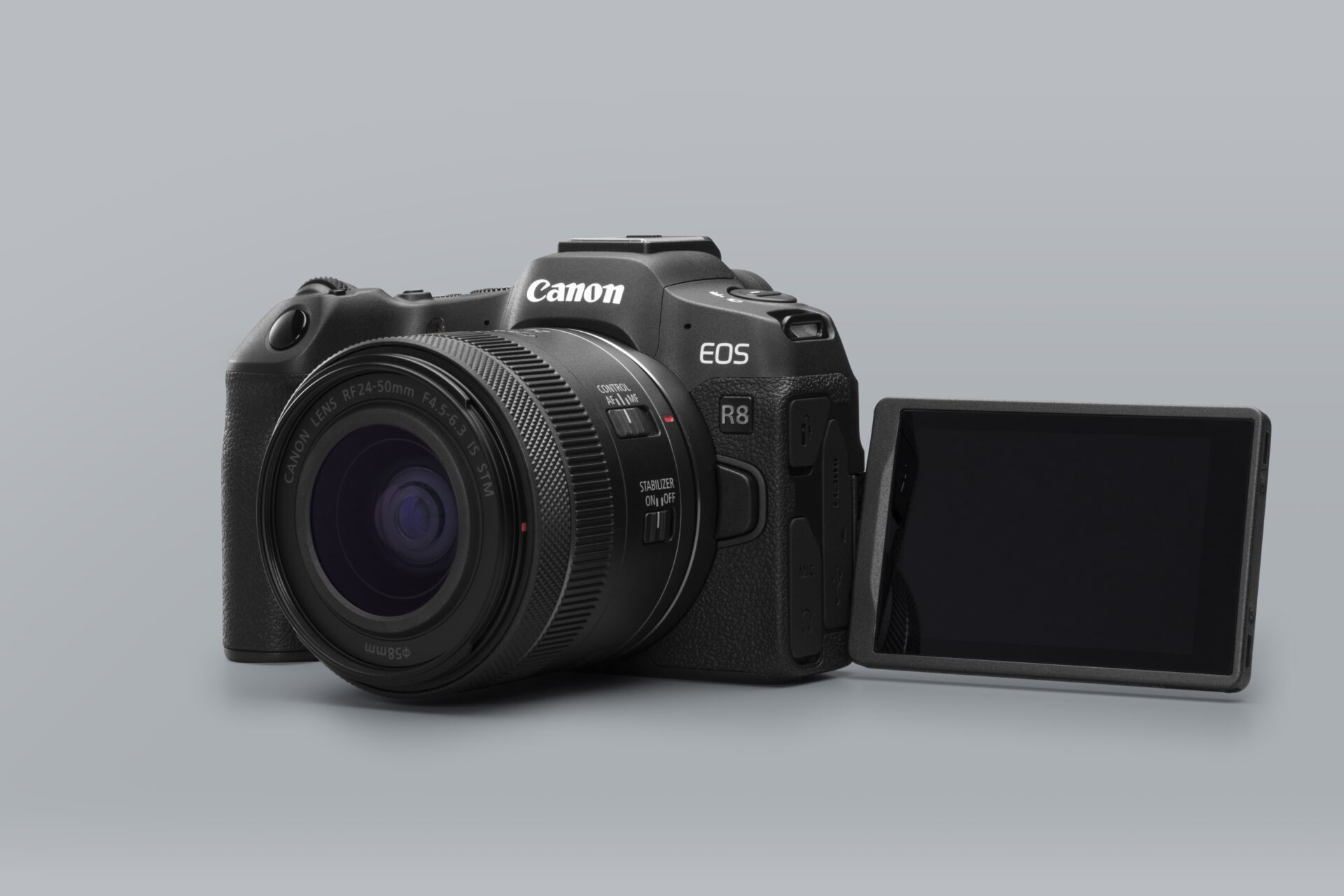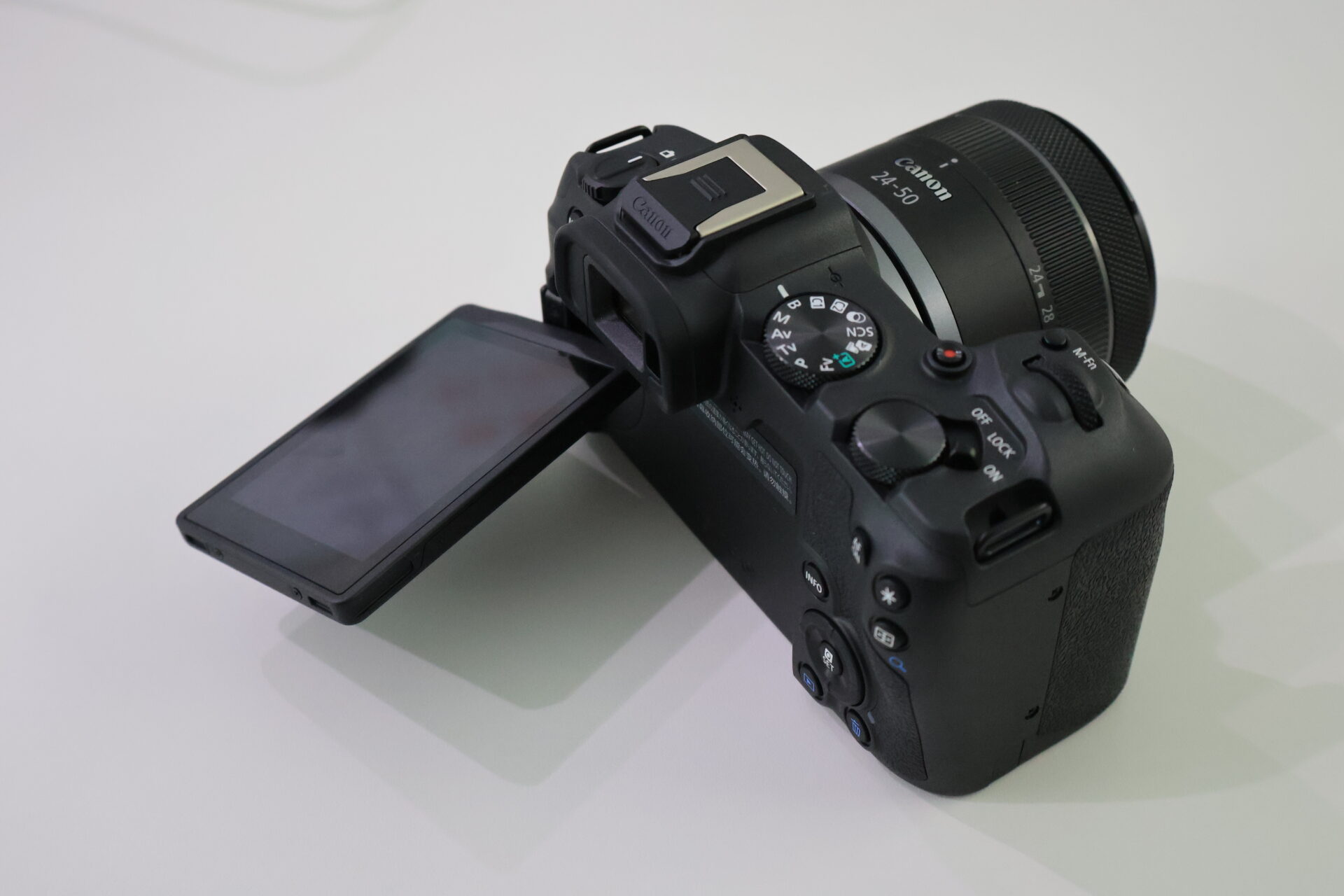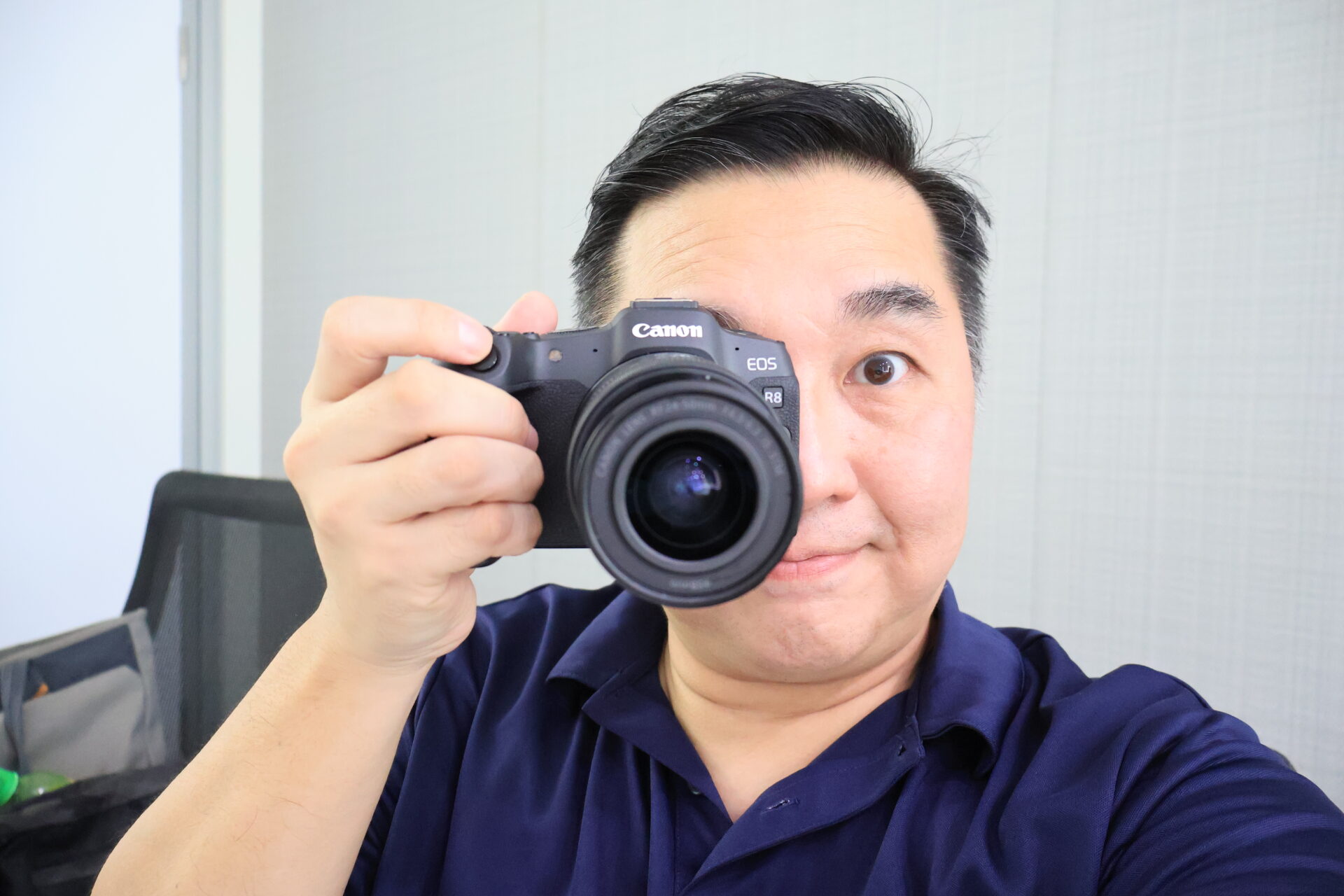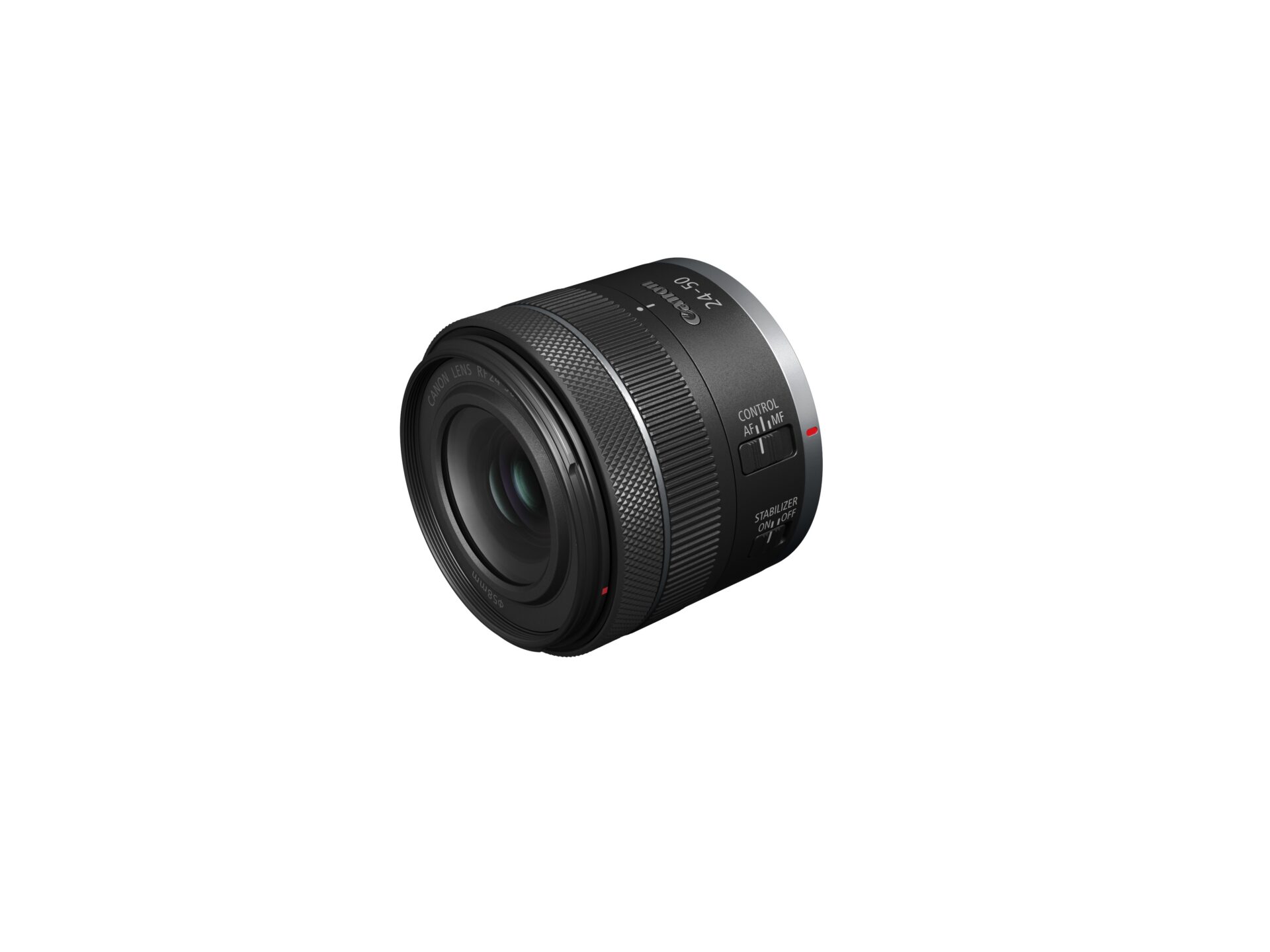Canon has just expanded its range of mirrorless cameras with the Canon EOS R8. It offers a new entry-level full-frame camera body, a successor to the Canon EOS RP and R, both launched more than three years ago.
The EOS R8 could not have come at a more opportune time. Post-COVID travel is roaring back, and demand for an affordable camera system will probably grow along with that.
An excellent entry-level camera will also help Canon (belatedly) build up its user base for its RF Mount system of lenses to gain dominance in the mirrorless market.

From a recent media event in Singapore, I can say the EOS R8 feels great in the hand. It has a large-enough grip for a secure hold on the camera, especially when you mount a big, heavy lens up front.
The buttons and dials are close to the thumb, so changing the settings can be relatively fast. The presence of the front dial helps with quick adjustments of aperture settings too.
Another thing to note is that there are no locks on the mode dials. This means I am not hampered when shooting, though the settings can still change inadvertently when the camera is in the bag. This is something to be careful with.

The EOS R8 is a very light full-frame camera weighing just 461g with battery in. This is even lighter than the EOS RP which weights 485g. The new camera’s full-frame sensor has 24.2 million pixels, enough for most landscape, macro and portrait shots.
If shooting action or sports is your hobby, the EOS R8 can capture six frames per second using the first electronic curtain or 40 frames per second using an electronic shutter.
Price considerations might have made Canon forgo the mechanical shutter altogether and replace it with an electronic system that mimics the mechanical shutter on more expensive cameras.

This change might not affect most users, but those familiar with second curtain or rear-sync shutter to achieve special lighting effects will lament the exclusion of such a shutter mode.
Even though the EOS R8 is an entry-level camera, having one that can record 4K resolution at 60p (60 frames per second) without cropping is an improvement over many older cameras.
That means the camera can fully use the lens’s capabilities without attaching any crop factor and utilise all the sensor’s pixels.
Canon has also allowed the camera to shoot 4K 30p with no recording time constraints. However, a limit of 20 minutes is imposed when shooting a high-frame-rate movie to ensure the camera does not overheat.
In other words, do take care of the limits when using the camera for extended recording sessions.

There are other video-centric features that video content creators will find helpful. A red frame recording indicator on the rear-facing screen shows users that the camera is recording video footage.
There is also focus breathing correction, where the camera maintains the subject’s size even as the user zooms in or out of the frame. Plus, there are false colours and zebras, indicators on the viewfinder screen that help with correcting exposure or focusing.
The most practical feature is USB Video Class/Audio Class support. Users can directly stream in Full HD video feeds into a laptop or PC for teleconferencing and live streaming on Facebook or Instagram via a USB cable. Yup, just like a webcam but with better image quality.
During the quick hands-on, I noticed that the focusing system on the EOS R8 is significantly faster than the much older EOS R and RP. Notably, the new camera uses the same AF system on the EOS R6 II.
It snaps to the eyes of the main subject in the frame rather quickly, though the lack of a joystick makes it harder for me to move the focusing box to the subject if the camera fails to detect the subject. The fastest way is to use the centre focusing box to lock the subject and reframe.

The new camera comes as a kit with Canon’s new 24-50mm f4.5-6.3 lens. However, I prefer to have the 24-105mm f4 lens, which is optically superior and does not require the lens to be unlocked before use (though it is heavier).
The bad news is that Canon still does not have a kit lens that starts from 20mm. This focal length is handy for vlogging as it allows a broader view when hand-holding the camera at arm’s length.
The EOS R8 will sell in the United States for US$1,499 (S$1,990) though price and availability in Singapore are not yet out.
That’s a decent, reasonable price for a good mirrorless camera. It will encourage users of smartphones to get serious about their photos and videos with a full-frame RF mount camera system.






